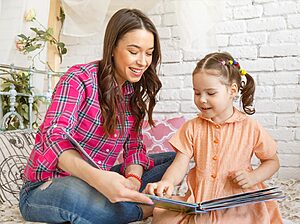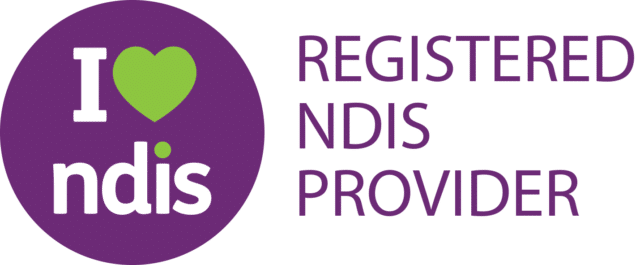By Stephanie Der
Children are born with the capacity to learn the language(s) that they are exposed to. They are able to attend to the different speech sounds they hear around them, and learn to produce these sounds. The majority of children will have no difficulty learning more than one language as they grow and develop. Understanding how children acquire languages can help you to decide how or when to introduce your child to additional languages.
Children can learn more than one language in one of two ways: simultaneously or sequentially.
Simultaneous acquisition of a language occurs when a child is introduced to both/all languages at the same time, generally before three years of age. Sequential acquisition occurs when a second language is introduced to a child after developing a strong foundation for their first language, or generally speaking, after three years of age (1).
Deciding when to introduce a second language (or more!) to your child is dependent on your family and what will work best for you.
Tips for Teaching Your Child More Than One Language
- The best way to introduce another language to your child is by developing a “family language policy” and sticking to it. A “family language policy” can involve a combination of strategies that you will use to introduce languages to your child. Below are some ideas for developing a “family language policy”:
- One parent, one language: This approach involves one parent speaking only one language, while the other speaks another language. This strategy can work well for families where each parent speaks a different language, or where grandparents (if seen on a regular basis) speak a language different to the child’s parents.
- Home language, community language: This approach involves speaking only one language within the home environment, and English (or the local language) when out in the community. This would work well for families where both parents speak the same language. This type of approach to introducing a language may
- When deciding what approach to use to introduce more than one language to your child, it is best to consider which is your strongest language. Speaking to your child in the language that you are most comfortable speaking, or are most proficient in, will provide the best example of language for your child as they learn and develop.
- Provide your child with as many opportunities as possible to speak and listen to both languages. Singing songs, telling and reading stories, and playing games are all great ways to support your child’s overall language and play development, so use these activities to support both languages! It is best to use one language at a time during a chosen activity, so as not to confuse your child.
- Consider what your child is interested in, and use this to make language learning fun! Particularly as children get older, practicing another language can sometimes feel like a bit of a chore to them. Choose activities and games that they are interested in and set aside a time to practice using the language. For example, if your child enjoys playing ‘snap’, play together while only using the language you want to practice.
- Be aware that sometimes when children are learning more than one language at the same time, they may start speaking later than children learning only one language. This is because the child is learning two sets of vocabulary and language structure. Learning more than one language does not increase the risk of having a language disorder (2).
If you are concerned about your child’s speech or language development, please contact us on 02 9328 3444 or info@communicatespeech.com.au
References:
- Lowry, L. (n.d.). Bilingualism in Young Children: Separating Fact From Fiction. Retrieved from: http://www.hanen.org/Helpful-Info/Our-Views-on-the-News/Are-Two-Languages-Better-Than-One-.aspx
- Bernardo Kolling Limberger. (2013). Dual Language Development Disorders: A Handbook on Bilingualism & Second Language Learning. Dominios de Linguagem, 7(1), 284–289. https://doi.org/10.14393/DL13-v7n1a2013-15




